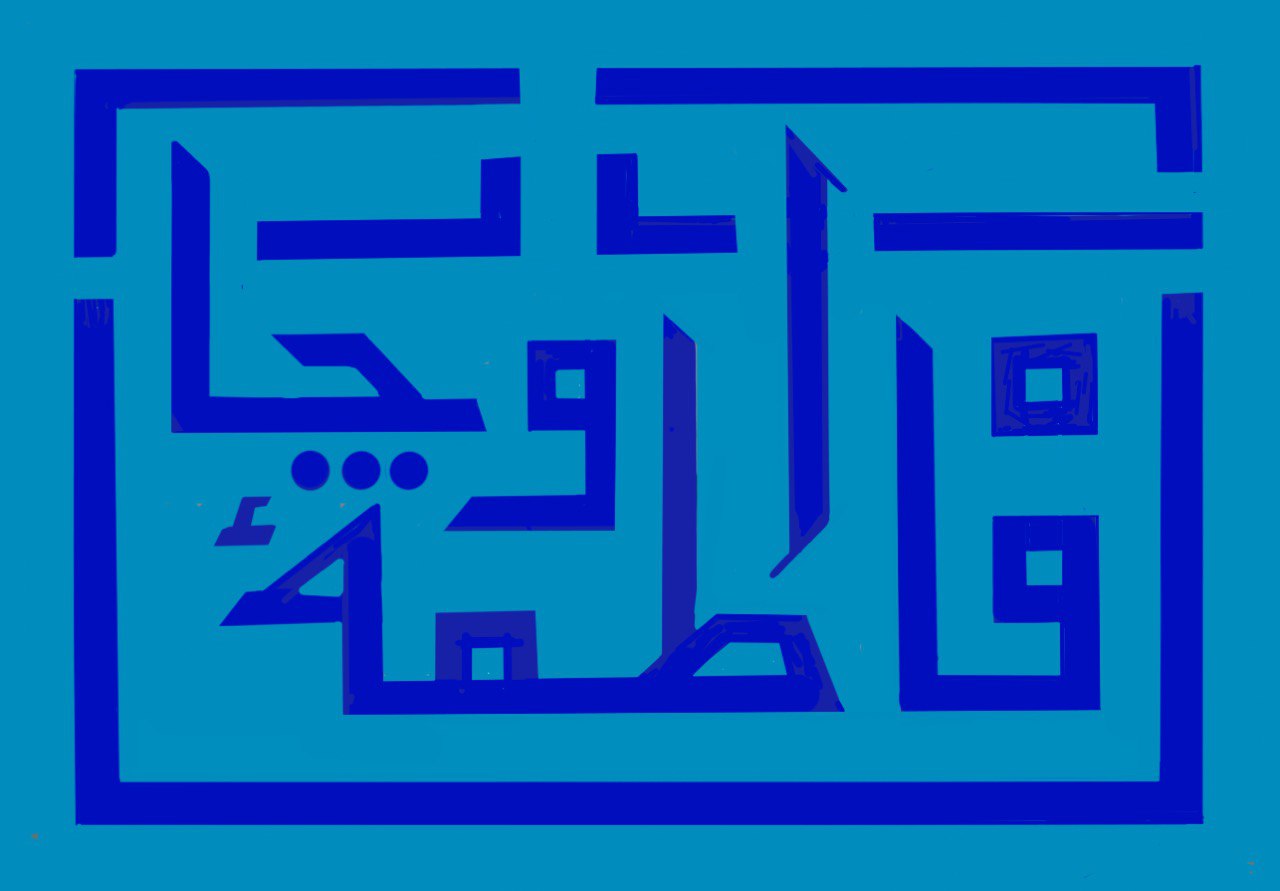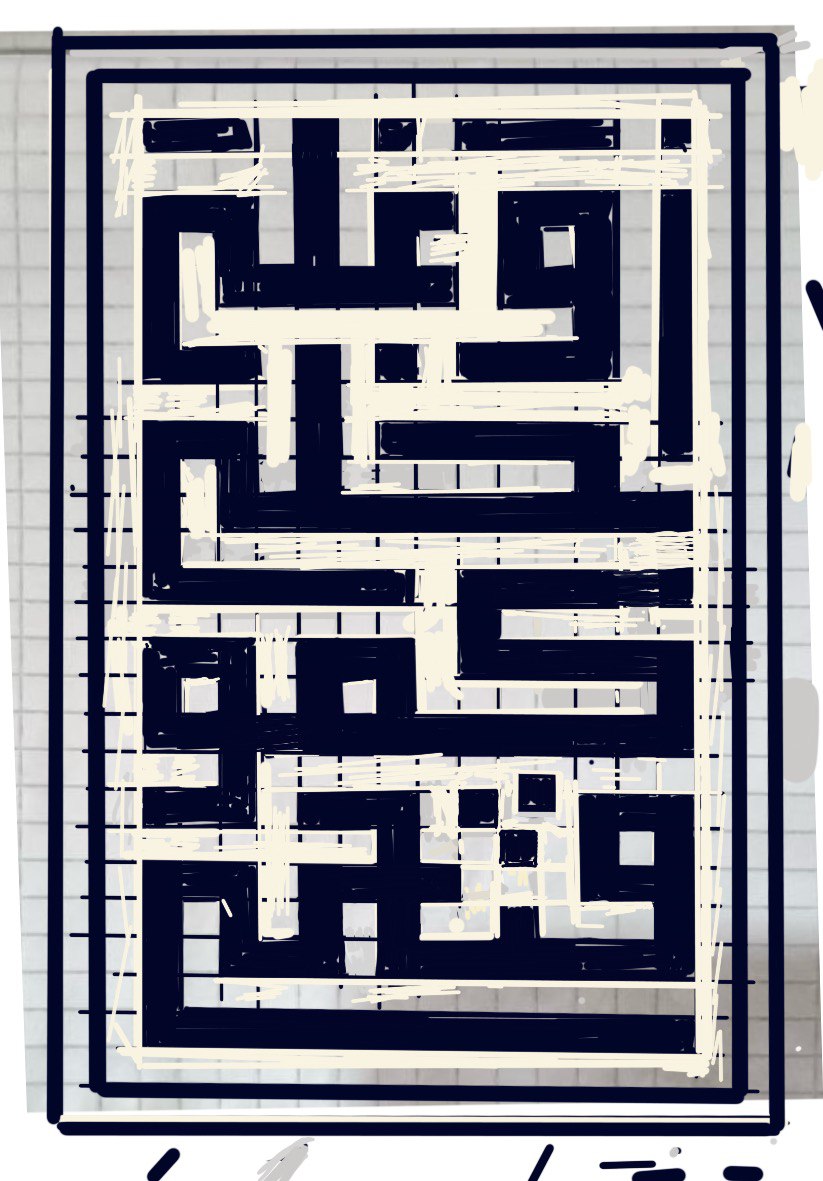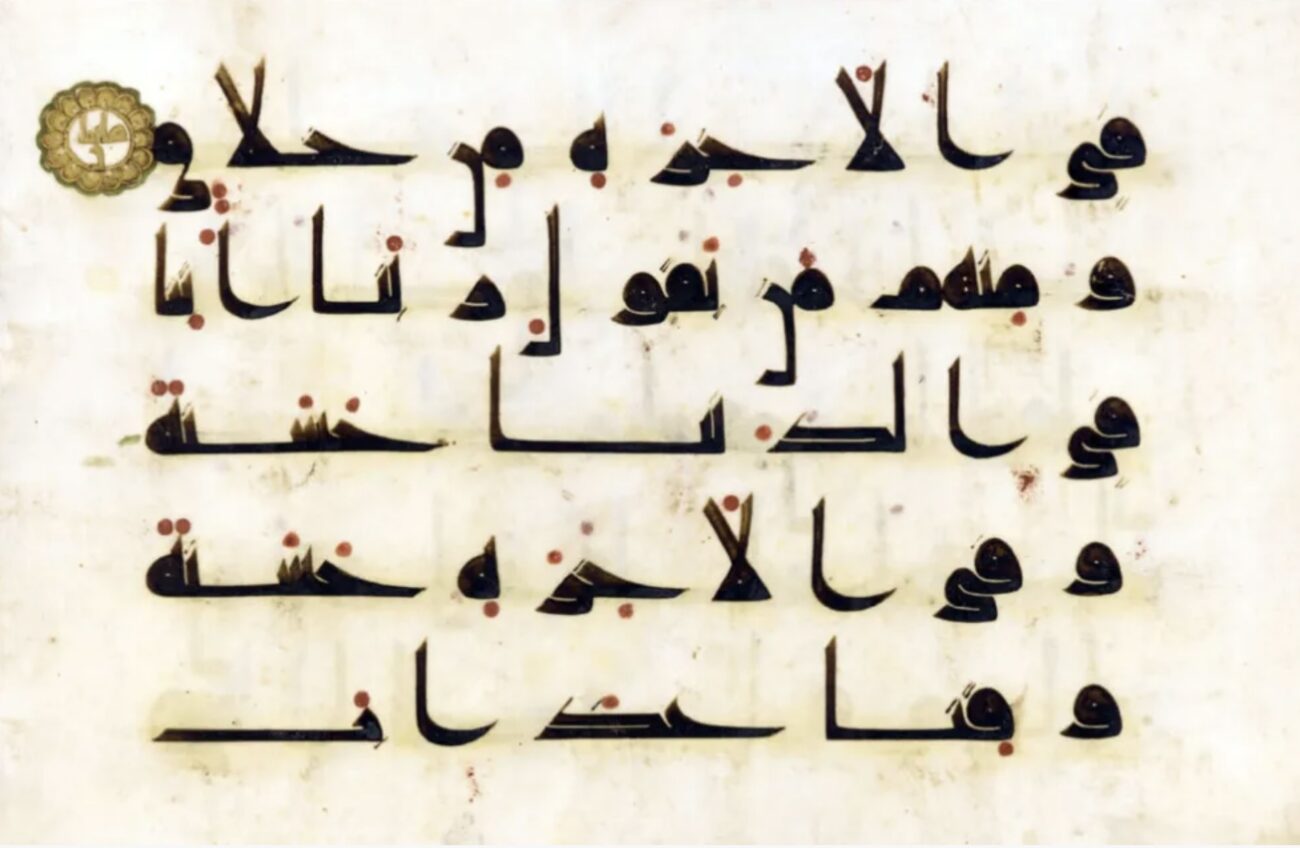mulk ve hilafet kitabinin arapcaya tercumesi
مقدمة تناولنا في دراستنا هذه المشكلة الأكثر أهمية في التاريخ الإسلامي، وهي “التغير” ) Tegayyür ) الذي طرأ على القوى الروحية للإسلام أثناء تشكله ا في هيئة مؤسسا ت. لقد نُشر حتى الآن العديد م ن الأعمال حول التاريخ الإسلامي بالأسلوب التاريخي الكلاسيكي المعتاد. ومع ذلك، فإن التاريخ يشب ه الأحلام: فالمؤرخ لا ينقل م ا يراه، بل هو مضطر […]



